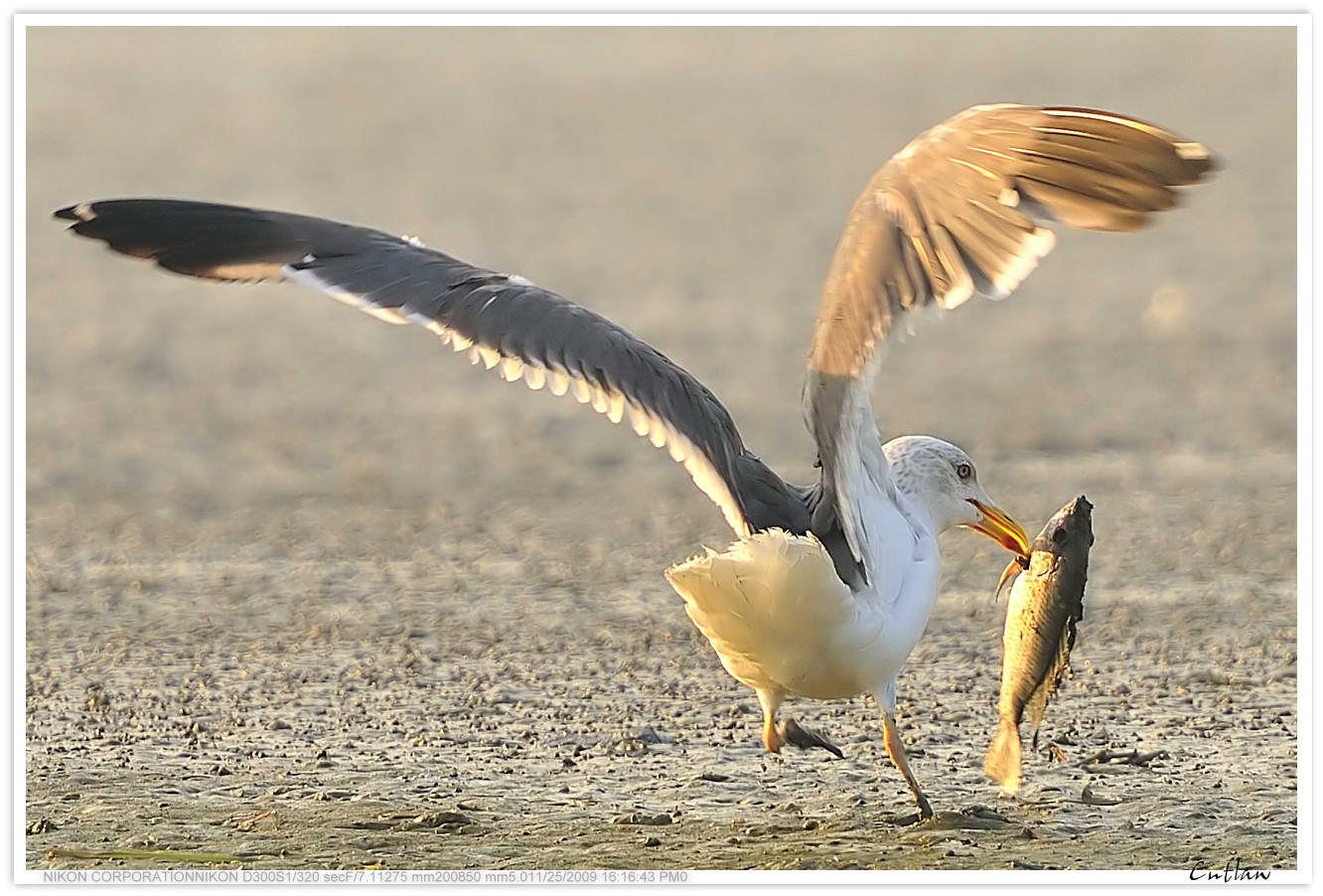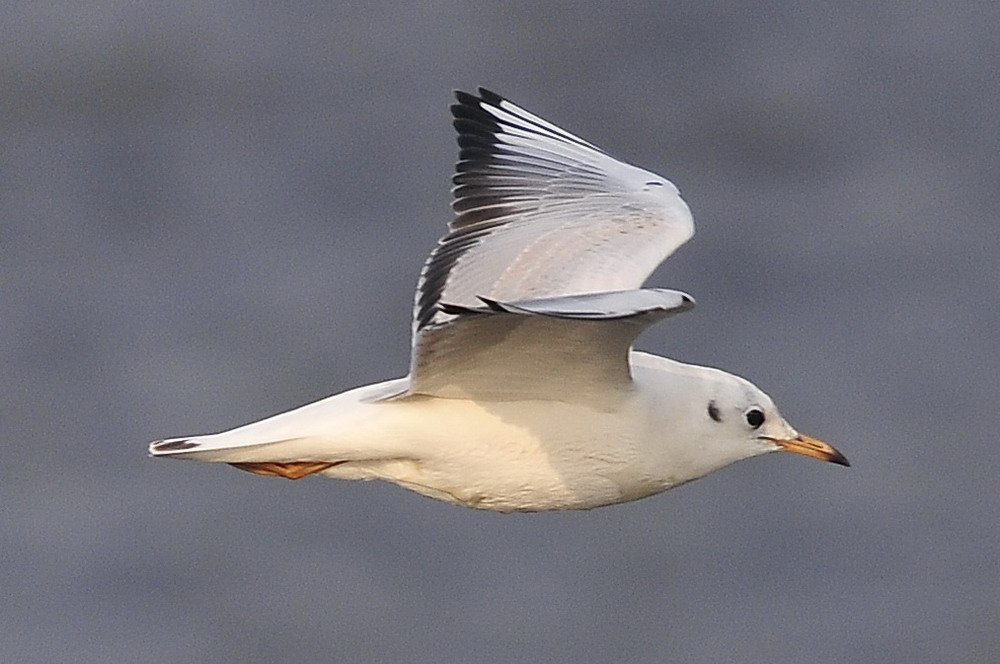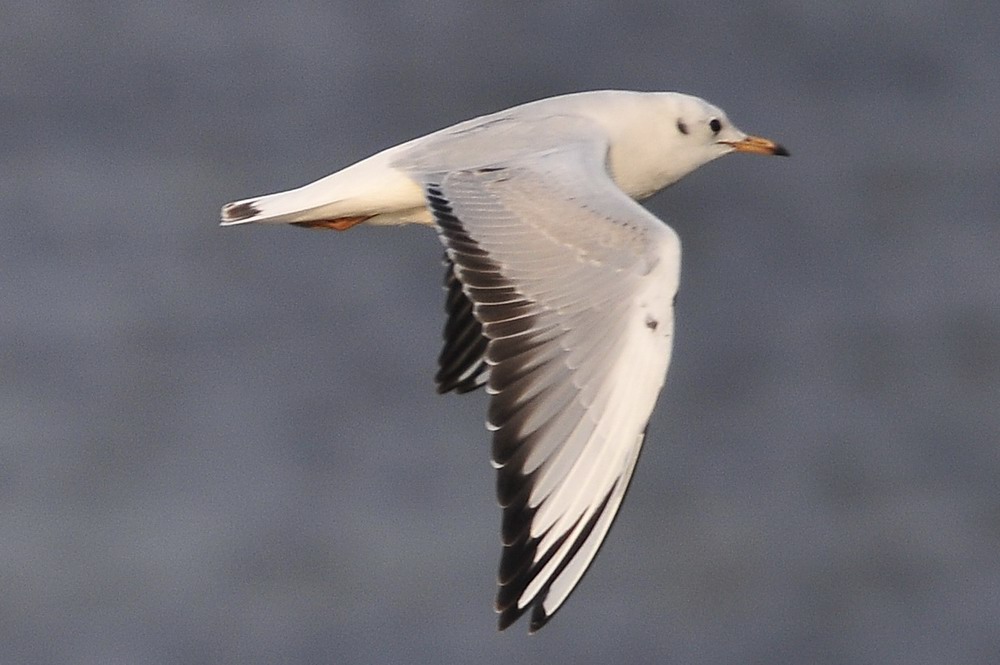Quote:
Original posted by cmichaell at 3/12/2009 13:19
The bird in your photo is an adult Heuglin's Gull. Apart from its yellow legs, it is Heuglin's because its mantle and upperwings are relatively dark grey with little contrast between the grey and the ...






